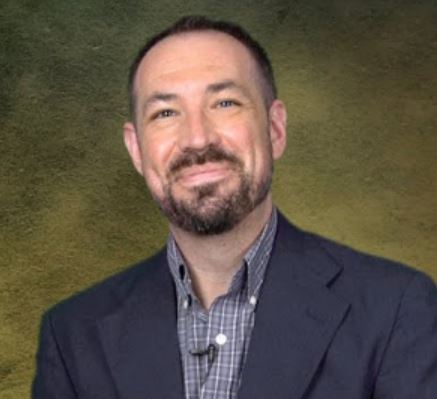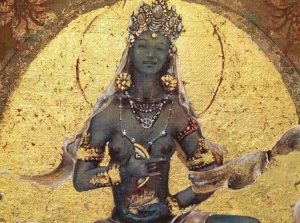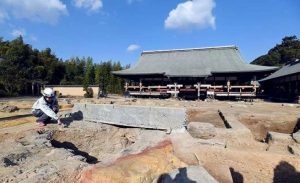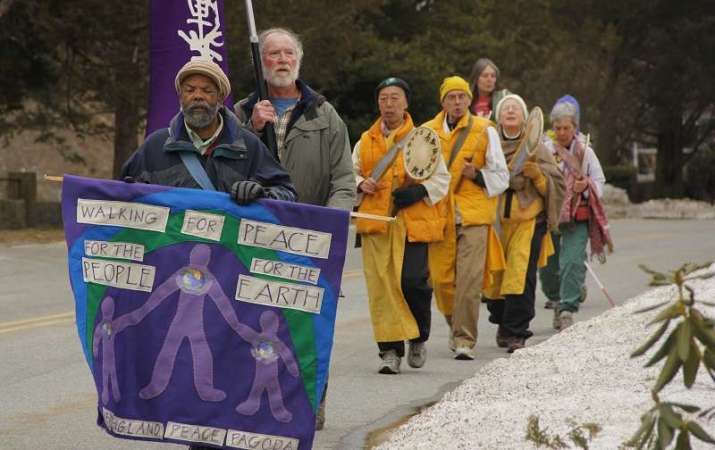
From 31 May until 22 June religious leaders and peace activists are joining together in a walk across the US state of Massachusetts to commemorate the loss of Native American life in the wake of European colonization. The walk, organized by Nippozan Myohoji, a Japanese Buddhist order founded in 1917, will visit areas that underwent “The Great Dying” of Native American peoples in 1616–19, a year prior to the landing of the Mayflower. This year’s walk will be the fourth in a series leading up to a final walk in 2020, with events planned in both North America and Europe.
According to Tall Oak, elder and historian for the Pequot-Wampanoag tribe, “The 2020 Commemoration, which is already in the planning stages on both sides of the Atlantic, definitely must not be an occasion of self congratulations . . . but will have to be a time of deep introspection and reflection by the society that was transplanted here on Indian land!” He continued: “If this isn’t understood . . . then we will be losing for all our future generations the extremely vital teaching moment the Creator is giving us at these extremely troubled times we are living in.” (Massachusetts Peace Action)
According to the event description: “We walk through Maine, Massachusetts, Connecticut, and Rhode Island to learn and acknowledge the largely unspoken history of what colonization has been for Native Peoples of New England. As we walk together, we open our hearts and minds to transformation within, in order to work toward the transformation without.” (Massachusetts Peace Action)
The Nippozan Myohoji peace pagoda, along with a temple and community center are built on the ancestral lands of the Mohican Native American tribe. Visiting a Vesak celebration earlier this month, Lynda Edwards noted, “Buddhist brochures at the festival said a Native American activist gave the land to Nipponzan Myohoji Buddhist community in 1984 in honor of their support of Native Americans.” (Times Union)
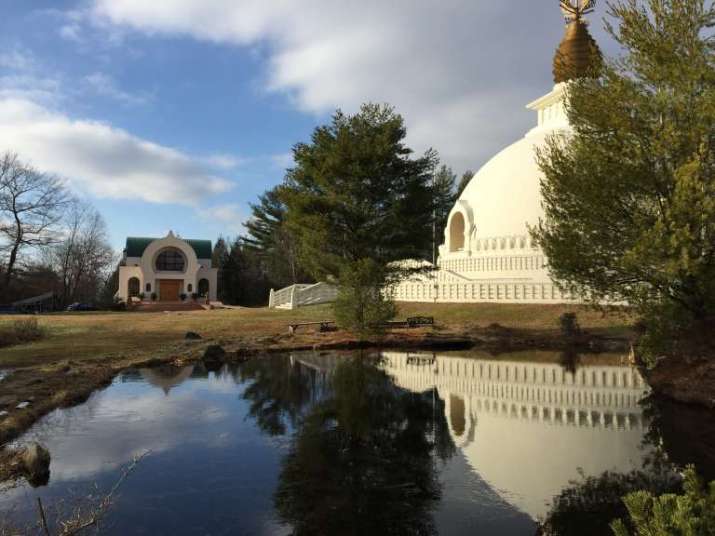
Completed and innaugurated in 1985, the New England Peace Pagoda in Leverett is open to guests from sunrise to sunset every day. The nearby temple, open since 2011, hosts morning and evening Buddhist prayers and ceremonies, interfaith gatherings, and other events.
Nippozan Myohoji was founded in 1917 by Nichidatsu Fujii (1885–1985), a Japanese Buddhist monk in the Nichiren school of Buddhism. In 1933, Nichidatsu Fujii met Gandhi while on misionary work in India. In the wake of World War Two, Nippozan Myohoji set out to build peace pagodas around the world. The one in the small town of Leverett in central Massachusetts is the first built in North America, which now has pagodas in Manitoba, Canada, in the Mexican state of Valle de Bravo, San Fransisco, California, and Grafton, New York. A sixth North American pagoda is currently under construction in the Great Smokey Mountains near Newport, Tennessee.
“This Commemorative Walk initiates the energetic vibratory shift, transcending present realities to the monumental Healing so much needed,” said Gkisedtanamoogk, a member of the Wampanoag tribe. “As we open our Hearts to this walk we open our bodies to Divine Healing, with every step, with every breath. To do so, sets the intention and will to openly transform what waits to what the Wampanoag and the many other Indigenous Nations understood: the Way of Life is the Way of living with the Sacred. The alternative coming here was the alternative to living with the Sacred. . . .” (Massachusetts Peace Action)
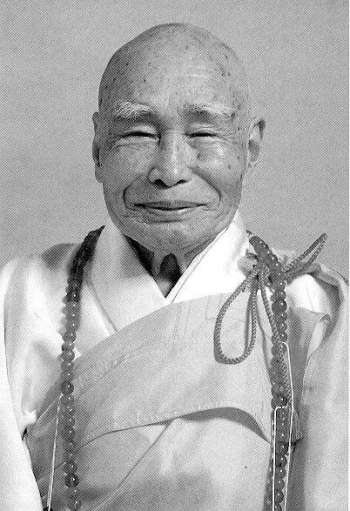
While initiated by the New England Peace Pagoda, the walk is supported by several other organizations, including, Friends from the Mashpee Wampanoag, the Justice and Witness Council, Massachusetts United Church of Christ, and others from the region and local communities along the route.
See more
New England Peace Pagoda
Faces of Faith: Buddha’s birthday celebration draws diverse guests (Times Union)
Listening to the Call of the Great Spirit (Massachusetts Peace Action)


